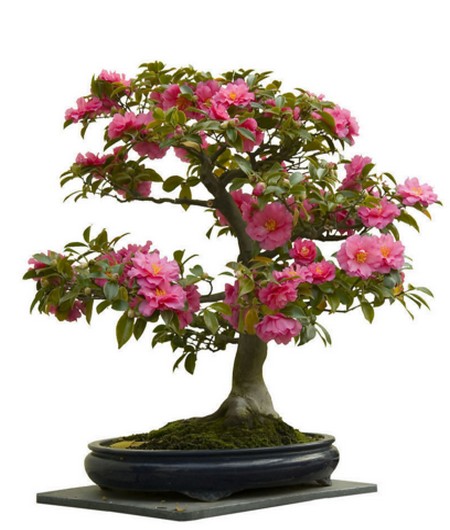Flowers should be fertilized "three times", and matters needing attention in soilless cultivation of flowers.
Look at the season
Winter temperature is low, plant growth is slow, most flowers are in a state of stagnant growth, generally do not apply fertilizer; spring and autumn are in the peak period of flower growth, root, stem and leaf growth, flower bud differentiation, young fruit expansion, all need more fertilizer, should be more topdressing; high temperature in summer, fast water evaporation, and flower plant growth peak period, the concentration of topdressing should be light, the frequency can be more. More nitrogen fertilizer can be applied at the seedling stage to promote the rapid and robust growth of seedlings; more phosphate fertilizer can be applied at the bud stage to promote large flowers and seeds; fertilization can be properly controlled at the initial stage of fruit setting to facilitate fruit setting.
Second look at the variety
Different varieties of flowers have different requirements for fertilizer, so different fertilizers should be applied. For example, sweet-scented osmanthus and camellia like pig manure and avoid human feces and urine; southern flowers such as rhododendron, camellia and gardenia avoid alkaline fertilizers; flowers that need to be re-cut every year need to increase the proportion of phosphorus and potassium fertilizer to facilitate the germination of new branches; flowers with large flowers, such as dahlias and chrysanthemums, should apply an appropriate amount of complete fertilizer during flowering in order to make all flowers bloom and beautiful. For flowers mainly viewing fruit, the water supply should be properly controlled in the flowering period, and sufficient complete fertilizer should be applied in the strong fruit period in order to achieve the desired effect; bulb flowers, apply more potash fertilizer to enrich the bulb roots; fragrant flowers, enter the flowering stage, apply more phosphorus and potash fertilizer, can promote the strong smell of flowers.
Look at the growth trend
Especially for potted flowers, fertilization depends on the growth rate. Adhere to the principle of "four more, four less, four noes", that is, more application in yellow and thin, more before germination, more in pregnant buds, more after flowering, less in sturdiness, less in germination, less in flowering, less in rainy season, no application in summer, no application in summer, no application in dormancy.
At the same time, we should pay attention to the "four taboos": first, avoid concentrated fertilizer, second avoid raw fertilizer (the application of organic fertilizer should be fully mature), third avoid hot fertilizer (high soil temperature at noon in summer, fertilization is easy to hurt roots), and fourth avoid sitting fertilizer, that is, when planting flowers, do not put the root directly on the base fertilizer at the bottom of the pot, but add a layer of soil to the fertilizer, and then plant the flowers in the pot.
- Prev

How much do you know about the symbolic meaning of camellia language in the world
Camellia blossoms in winter and spring, full of flowers, dignified and elegant, is one of the top ten traditional Chinese flowers, but also one of the world famous flowers. Guo Moruo highly praised and said: Camellia early peach red, a hundred clouds whistling proud. Camellia, not only Camellia is durable, but also can be deep.
- Next

The effect of fertilizing outside the root of flowers is good, and we know how to maintain flower seedlings.
The effect of fertilization outside the root of flowers is good.
Related
- What if the leaves of potted flowers turn yellow?
- Florescence Control of several Flowers
- Anti-freezing technology and post-freezing nursing technology of flowers
- What is the classification of flowers? What are the common methods of flower classification?
- Prevention and control of alkali and acid damage of flowers in courtyard
- Technology of Anti-freezing and restoring growth of Flower seedlings in greenhouse and greenhouse
- How does flower fertilization not hurt the root? Fertilization technology of flowers
- Key points of disinfection in flower greenhouse
- Several pesticides that are banned or used cautiously in flowers
- How to fertilize the flowers that watch the leaves?

